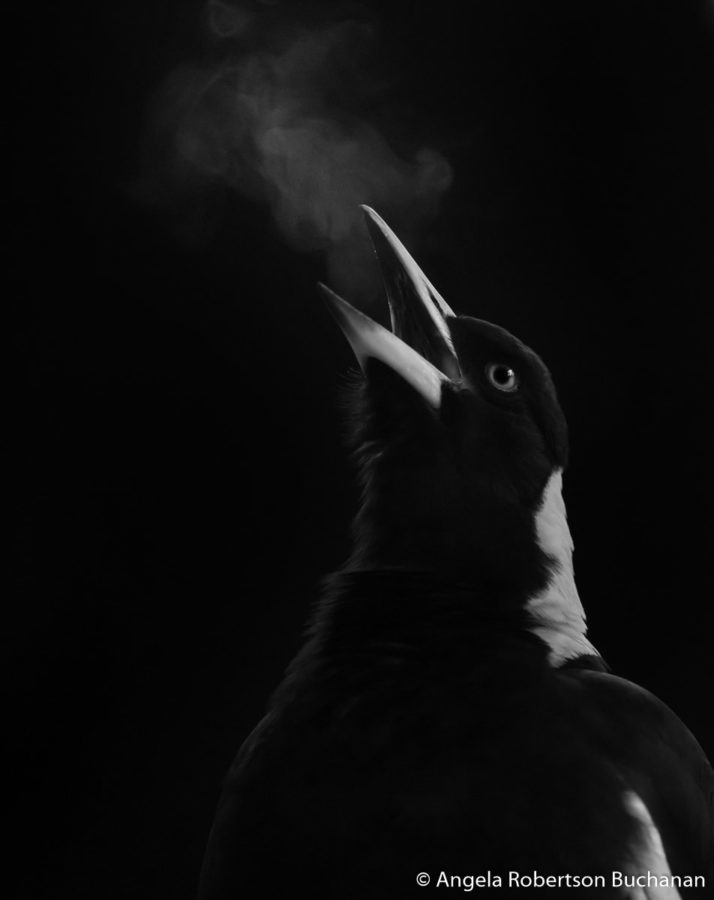Home Topics Wildlife AG Nature Photographer of the Year 2019: Monochrome shortlist
AG Nature Photographer of the Year 2019: Monochrome shortlist
By AG STAFF
•
27 June 2019

SONG BREATHAUSTRALIAN MAGPIECracticus tibicenOn cold mornings, I noticed that when the local magpies sang, you could see hot air coming from their beaks. They usually stand on my outside table so I set up a black-covered box behind them because I wanted to try and illuminate the ‘smoke’. It took lotsof attempts!Ashfield, New South WalesNikon D850, Nikkor 105mm, 1/320, f/4.5, ISO 4000, handheld
Image credit: Angela Robertson-Buchanan, New South Wales
Stunning photos of landscapes and animals sit side by side in a gallery that may be without colour, but certainly isn’t without interest. Photographs could be sepia-toned or infrared. These photos will be exhibited at the South Australian Museum in Adelaide from Friday 16 August until Sunday 10 November 2019 and the Museum of Applied Arts and Sciences in Sydney from Friday 16 August until Sunday October 20
Read Next Recommendations

